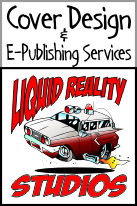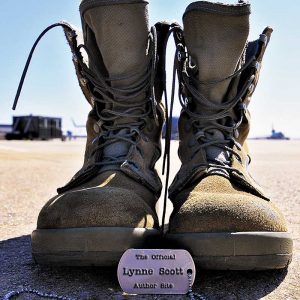It’s pretty rare that I go through a week without hearing from someone about their interest in becoming a writer. They express a desire to successfully share their knowledge in the form of articles, their family history and genealogy in stories, and then there are the crazy people like me who want to write a book.
The most frequently asked question is “How do I get started?” My answer is pretty standard and stolen from Nike, “Just do it.” Sit down and go to work. Tell me what you have to say. Don’t try to make it perfect – just get it on the page. There is no wrong way to do this!
There’s no time like the present to do that. November is National Novel Writing Month (NaNoWriMo) and it’s all about putting words on paper. Will you write a complete novel or story? Probably not, but it is a great way to get started. For those of us who participate, it’s about a commitment to thirty days of no excuses – we write. In NaNo it’s not about the structure of the novel – it’s about getting the words down.
The biggest problem people have is the opening. How do you write that perfect first sentence and paragraph. You don’t, so quit worrying about it. Start with whatever it is in your head that you feel the need to say. If it’s a novel, and a conversation is what you hear in your head – start there. Let your story take you where it wants to go. When I wrote Protecting Parker it all started with a “what if?” conversation. What if this woman came home from the deployment from hell only to find that her husband has tossed her out and become a violent dangerous man? I opened the book with that conversation and then told the story.
In doing NaNo, many writers don’t worry about creating a structured story, they write the vignettes that make up their story. So if they were writing the novel that might eventually become Demolition Man, they might write the individual scenes of John Spartan being frozen, then John Spartan being awoken, perhaps that would be followed by Spartan learning to drive, or Spartan discussing the three sea shells. In NaNo, those scenes can be written with page breaks between them and no thought about order or connections. Sometimes, writers begin NaNo by writing a basic synopsis of their story and then describing their characters and locations before launching into the story.
I’ve learned some hard lessons about keeping track of my people and timeline since writing Protecting Parker and Blood Link. After several books, I know how I like to write and how I want to get from point A to point B. I have an idea for a story and I jot down my idea in a paragraph or two and go from there. I write a one-paragraph character sketch that includes a name, physical description, and the basics of who they are. Sometimes it’s only a sentence: “Parker doesn’t think she needs a personal life or family because she has her job and the troops she’s responsible for.” I refer back to these notes frequently – I swear I can’t remember eye colors to save my soul.
I’ll be entering NaNo this year trying to actually write my novel from start to finish in order. I have my character sketches and my synopsis. I even have a blurb – not a good blurb mind you, but a blurb! I also have created a time line for my novel and laid out the basic chapter structure. All of this is rough – I don’t worry about making this perfect.
You can click on the links here to look at what I’ve done creating a blurb, background, and synopsis in one document, and a timeline in a separate excel document.
You’ll notice that I’ve made a note that the chapter structure could change if I add chapters for the bad guy. It could also all go out the window mid-way through if my character has other ideas. Sometimes they say unexpected things and I’m forced to adapt by going back and making adjustments. However, during NaNo itself – I won’t be going back – only forward.
December should be called National Editing Month since that’s what most of us will do – if we don’t toss the whole damn mess. I don’t toss anything – just because it didn’t work here, doesn’t mean that you can’t use it.
So why do this? Published author Heather Rae Scott always reminds me, “You can’t edit a blank page! No one writes a perfect sentence, paragraph, or chapter the first time. Don’t worry about spelling, punctuation, or all the stuff that gets in the way of being creative. Just tell me the damn story!”
So all you wannabe writers need to take this golden opportunity to get off your butt and tell me the damn story!

